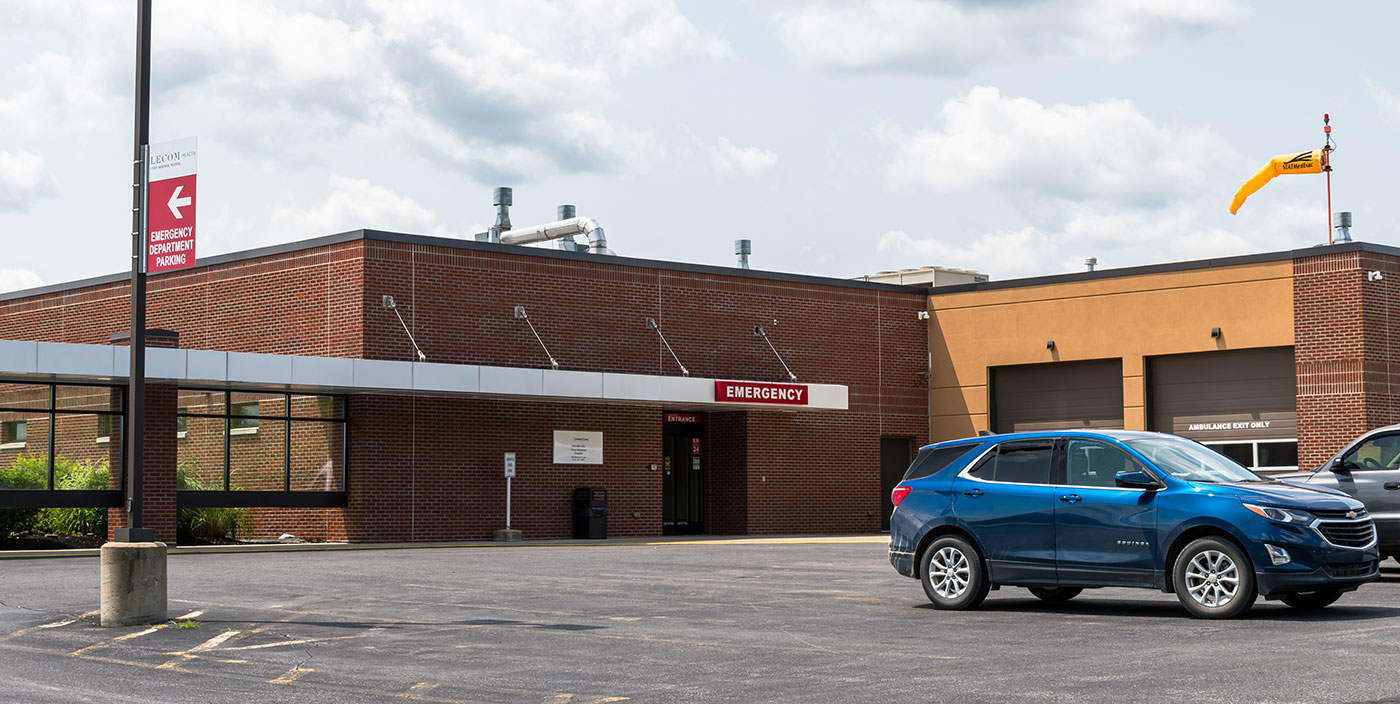To Lower Drug Prices, Innovate, Don’t Regulate
Price control advocates argue that curtailing profits in the pharmaceutical industry would save the country money without reducing innovation. There is, however, no such thing as a free lunch. Bureaucratic price manipulation would only hurt the sickest patients.
“Streamlining drug approvals would get more drugs on market, increasing competition and lowering prices.”
Research shows that price controls in the United Sates would powerfully dampen innovation. "Cutting prices by 40 to 50 percent in the U.S. will lead to between 30 to 60 percent fewer R&D projects being undertaken," one study found. A 2008 RAND study exploring the effect of U.S. price controls on those aged 55 to 59 in the United States and Europe similarly found that, on net, pharmaceutical price controls would hurt patients.
The idea that we “overspend” on drugs is also misleading. In 2014, drug spending accounted for just 10 percent of U.S. health care spending, and according to government actuaries, spending will increase by only 0.4 percentage points over the next decade. Hospitals, for comparison, account for more than 30 percent of total health care spending. Countries that use price controls advocated by industry critics actually spend a larger share on drugs and use fewer cost-saving generics than the United States does.
Absent price controls, however, private negotiation works. A report from the Government Accountability Office concluded that the Medicare Part D drug program (where private insurers negotiate with drug manufacturers) obtained lower (pre-rebate) prices than the defense department or Medicaid. For generic drugs, where competition is the greatest, Part D's prices were essentially no different than Medicaid's.
Better prices can be enjoyed today without compromising tomorrow’s cures. But instead of exercising greater control over the industry, reformers should opt for less — focusing instead on efficiency, innovation and competition.
First, modernize the drug development process to ensure that companies can develop safe and effective medicines for Food and Drug Administration approval faster and at less cost than is currently possible. Getting more drugs to market means more competition between producers. As we’ve seen from new medicines combating hepatitis C, the emergence of multiple drugs has helped insurers negotiate up to 50 percent price cuts. And because the health benefits of new medicines are so large, advancing one generation of F.D.A. drug approvals (or 25 new drugs) by a just a single year would generate $4 trillion in benefits to U.S. patients.
Second, Congress should retool entitlement programs to encourage greater competition among providers and insurers based on real health outcomes. Ground level efficiency in patient care, not top-down price controls, will ensure consumers and taxpayers get the maximum value for their health care dollars without dampening innovation.
Price controls sacrifice the health of future generations in exchange for a short-term fix. They remain a poor choice for any policymaker with a holistic view of American health care.
This piece originally appeared in The New York Times.
This piece originally appeared in New York Times Room for Debate

